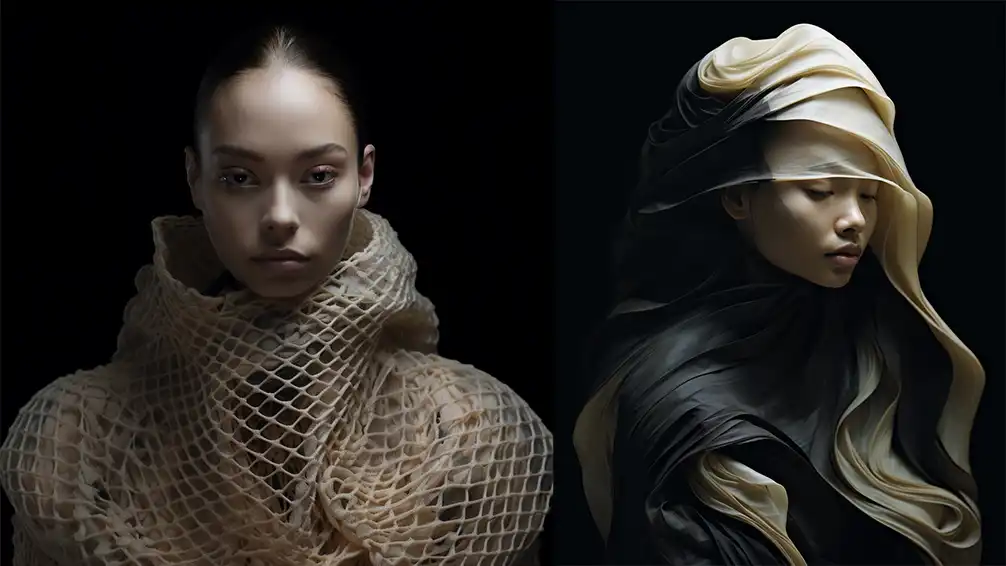Body Architecture 3.0 will introduce the participants to a set of advanced digital tools that are able to simulate fibrous and textile forms,

Body Architecture 3.0Filippo Nassetti’s Body Architecture studio aims to extend the domain of architecture beyond its conventional boundaries to encompass the scale of the human body and the design of wearable products.Throughout history, the human body and technology co-evolved, generating forms of deep symbiosis that materialized in a vast web of artifacts and prostheses that mediate between individuals and the environment. All wearable products, medical devices, tools, and means of transportation, and the city itself can ultimately be interpreted as an extension of our physical bodies. These technological prostheses increase the chances of survival and expand the human experience.
Building on the success of the first two editions, the upgraded 3.0 format will introduce and explore design workflows that combine computational design and artificial intelligence, connecting a range of software and applications that include Rhino Grasshopper, SideFX Houdini, MakeHuman, Midjourney AI, and RunwayML.
Specifically, Body Architecture 3.0 will introduce the participants to a set of advanced digital tools that are able to simulate fibrous and textile forms, patterns and microstructures, investigating how such themes can be interpreted to deliver contemporary design statements.
Artificial Intelligence will be used to effectively upgrade the concept design stages of a project, as well as creating assets that can be used as part of digital and computational design workflows. The potential of node editing software as diverse as Grasshopper and Houdini will be combined to pursue an integrated, cross-platform approach.
Projects and research from the participants in the workshop will speculate on transformations of natural and artificial environments, and how the human body and its prostheses would react and adapt to such trends. The projects will eventually propose the design of a specific wearable artefact or a vision of a more radical transformation of the human body.
Anastasiia Popova 2025-08-01 20:15
Waiting for 4.0